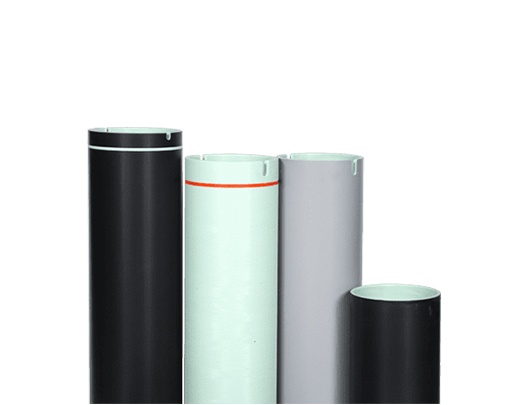Maintenance and Repair of FRP Tubes: Strategies and Best Practices
Introduction
Fiber-reinforced polymer (FRP) tubes are widely used in a range of industries for their strength, durability, and corrosion resistance. However, like any other material, FRP tubes require regular maintenance and repair to ensure long-term performance and prevent failure. This article discusses the strategies and best practices for maintaining and repairing FRP tubes.
Inspection and Monitoring
Visual inspection methods, such as visual examination and color contrast dye penetrant testing, can be useful for detecting surface defects such as cracks, delamination, and fiber breakage. Non-destructive testing techniques such as ultrasonic testing and radiography can also detect internal flaws that may not be visible during visual inspections.
The schedule and frequency of inspections depend on the operating conditions and the expected lifespan of the FRP tube. Regular inspection intervals can help identify potential problems before they become severe.

Cleaning and Coating
Cleaning and coating are essential maintenance activities that can protect FRP tubes from environmental exposure, enhance their durability, and extend their service life. Surface contaminants such as dirt, dust, and grime can be removed using water and mild cleaning agents.
Protective coatings, such as epoxy or polyurethane coatings, can be applied to the surface of FRP tubes to prevent UV degradation, exposure to chemicals, and moisture ingress. The selection of an appropriate coating material depends on the application and the expected level of protection required.
Repair of Damaged FRP Tubes
Damage to FRP tubes can occur due to various reasons, such as impact, fatigue, or exposure to harsh environmental conditions. The identification and assessment of damage is critical to determine the most suitable repair method.
Minor damage can be repaired by patching or bonding with epoxy adhesive, while more severe damage may require replacement of the damaged section or the entire tube. The selection of a repair technique depends on the severity of the damage, the location of the damage, and the operating conditions.
Preventive Maintenance
Preventive maintenance activities can help prevent damage to FRP tubes and prolong their service life. Regular inspection and cleaning can detect potential problems before they become severe. Monitoring of environmental conditions such as temperature and humidity can also help prevent damage due to environmental exposure.
Protective measures, such as installation of sacrificial anodes or cathodic protection, can be used to prevent corrosion and extend the service life of FRP tubes.
Case Studies
Several case studies demonstrate the importance of proper maintenance and repair practices for FRP tubes. Examples include the use of protective coatings to prevent UV degradation in bridges and the use of composite wraps for repairing damaged pipelines.
Lessons learned from these case studies include the importance of regular inspection and monitoring, prompt identification and assessment of damage, and the selection of appropriate repair methods.
Conclusion

Regular maintenance and repair are crucial for ensuring the long-term durability and performance of FRP tubes. Inspection and monitoring, cleaning and coating, repair of damaged tubes, and preventive maintenance activities are all critical components of a comprehensive maintenance plan.
Proper maintenance and repair practices can prevent damage, extend service life, and reduce the risk of failure, thereby improving safety and reducing costs associated with replacement or repair. Future research directions may include exploring new materials and techniques that can enhance the durability and performance of FRP tubes.

